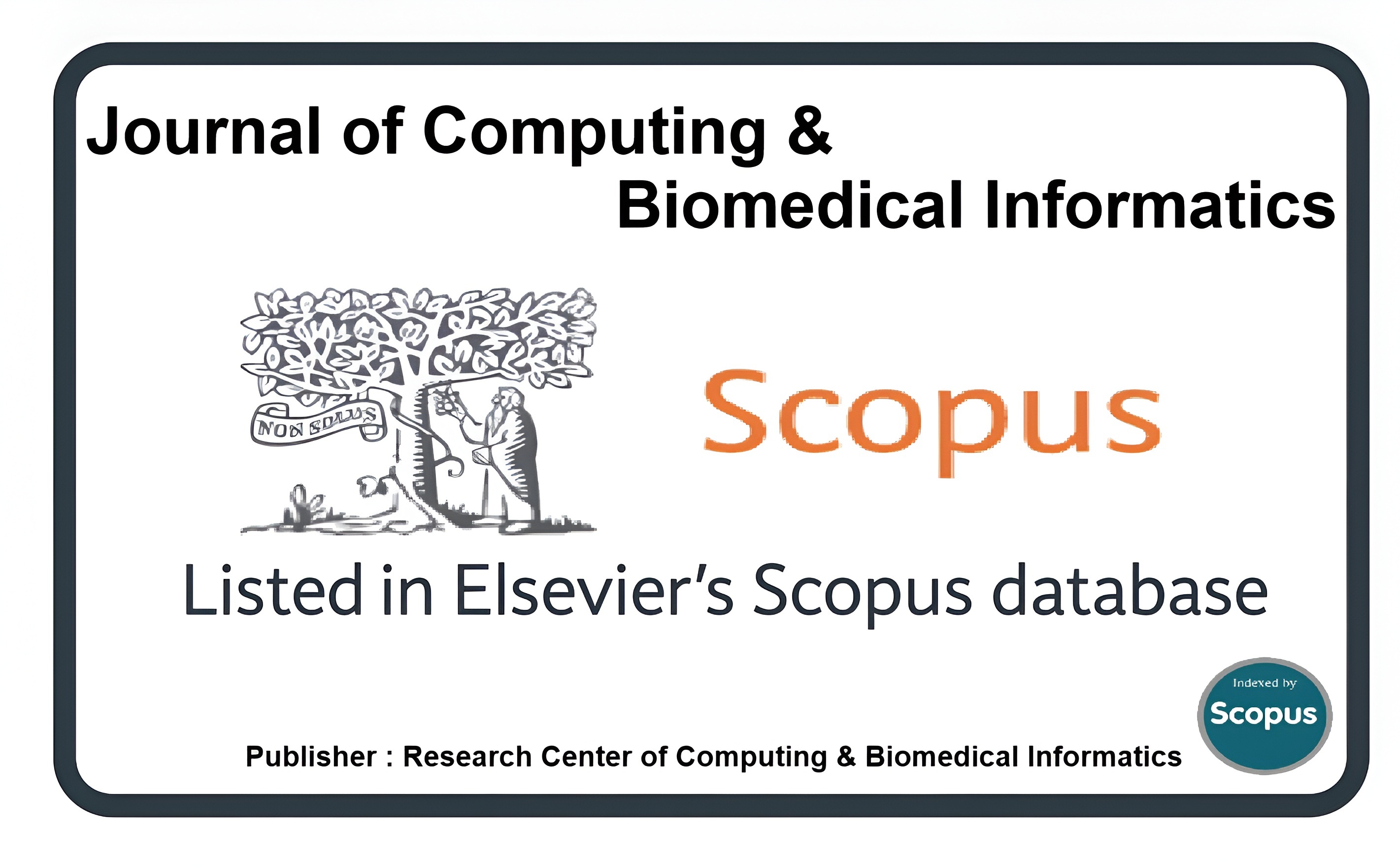Time Threshold- Based Energy Efficient Routing Protocol for Underwater Sensor Networks
Keywords:
Holding time, sending time, depth-based routing, HSTDBR, depth base routing (DBR)Abstract
Wireless Sensor Networks (WSNs) have potential in monitoring oceanic situations through remote data collection and exchange. Underwater Wireless Sensor Networks (UWSNs) are built for monitoring ocean currents, temperature, port security and armed monitoring. This study investigates UWSN architecture, characteristics, network protocols and applications, focusing on the energy-efficient routing protocols such as EEDOR, LFEER, Co-LFEER, DBR, Co-DBR, and our proposed Holding Sending Time Depth Base Routing (HSTDBR) protocol is comprised on five simulation parameters, including energy consumption, packet delivery ratio, transmission loss, number of alive nodes, and end-to-end delay, are considered. Results show that HSTDBR outperforms Co-DBR with a lower transmission loss, higher number of alive nodes, lower energy consumption, higher packet delivery ratio, and lower end-to-end delay. This study highlights the challenges and current research directions in UWSNs. The text discusses various metrics related to a proposed protocol for underwater sensor networks, including transmission loss, number of alive nodes, energy consumption, packet delivery ratio, and end-to-end delay. It notes improvements in some areas but challenges in others. The overall topic of the text is the difficulties faced by researchers in developing and implementing underwater sensor networks, and it provides a review of current research in this area.
Downloads
Published
How to Cite
Issue
Section
License
This is an open Access Article published by Research Center of Computing & Biomedical Informatics (RCBI), Lahore, Pakistan under CCBY 4.0 International License





